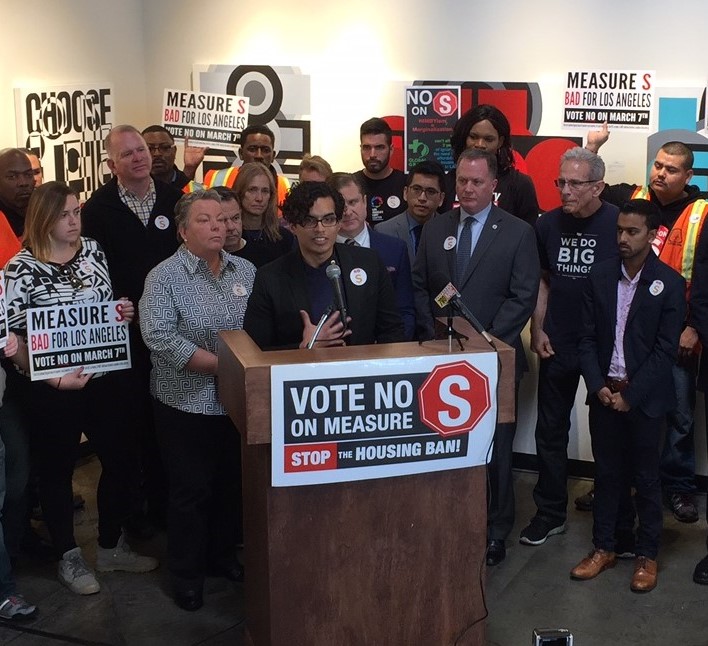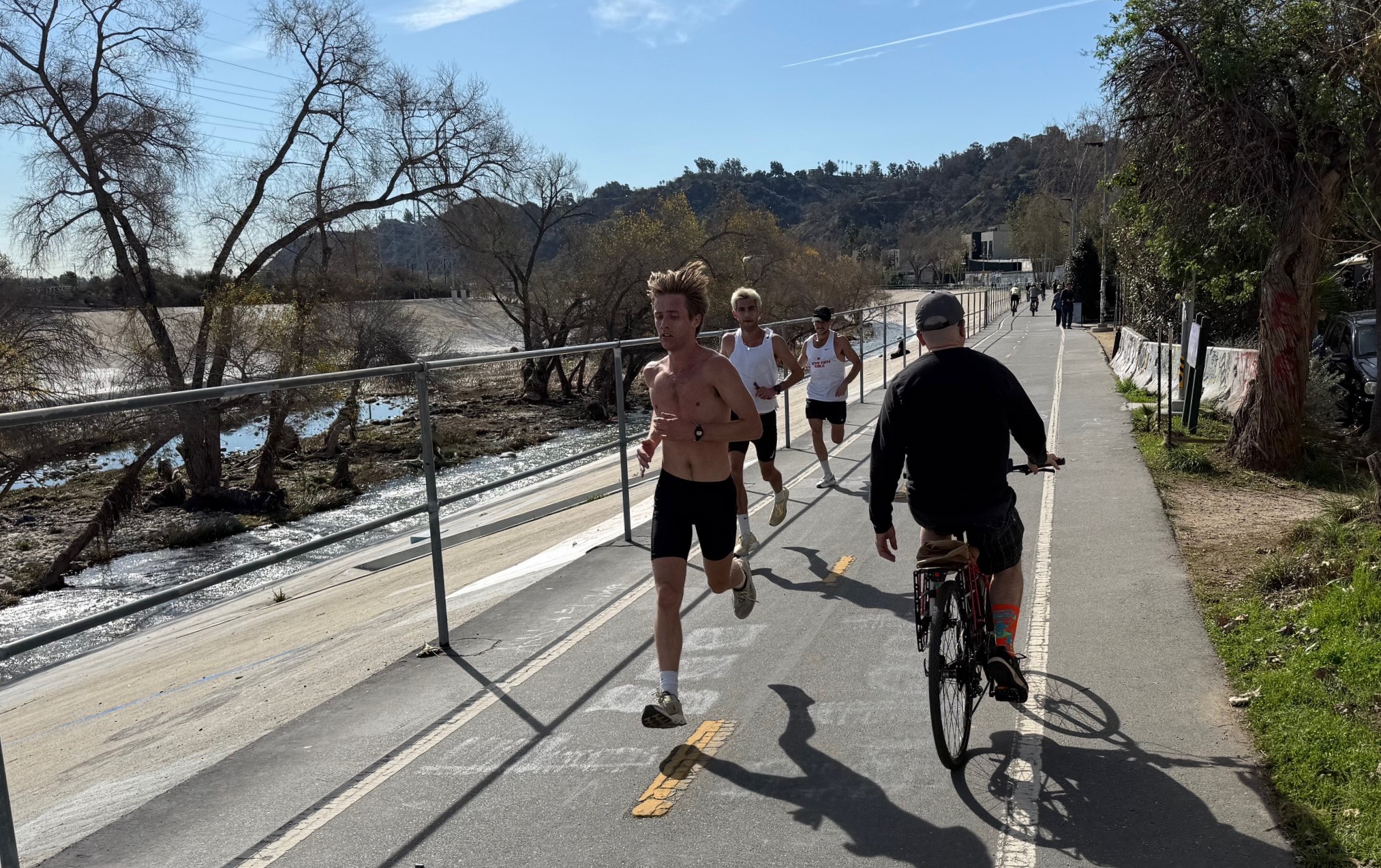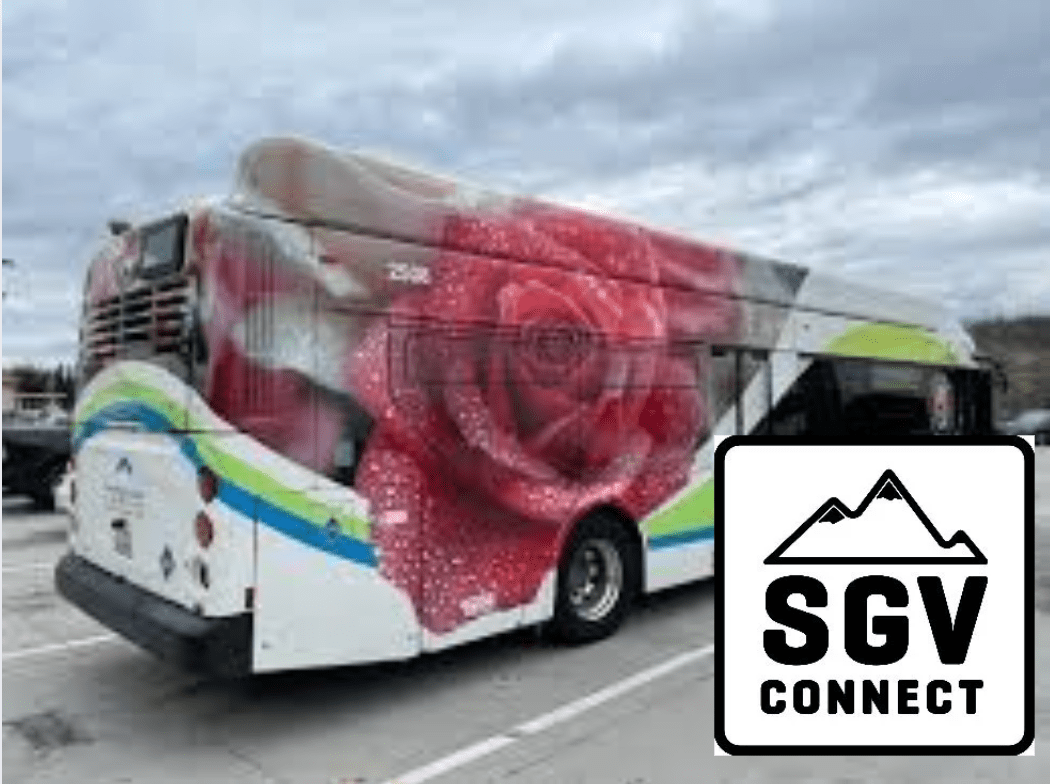
The Federal Railroad Administration doesn’t call people walking near railroad tracks “pedestrians.” It calls them “trespassers.”
True, a person walking on railroad tracks is often, by definition, breaking the law, since the tracks are private property. But the nomenclature gives the impression that the agency might be somewhat less sympathetic than they should be about the 427 people who lost their lives last year walking on or near railroad tracks. And last year was a good year – the FRA estimates the average to be about 500 deaths annually [PDF].
The FRA just issued Guidance on Pedestrian Crossing Safety At or Near Passenger Stations [PDF]. This document deals with “pedestrians,” not “trespassers,” because it deals only with officially sanctioned crossings, and only those at or near stations. “It’s a guide to best practices in crossing engineering, warning devices, markings, signage, that kind of thing,” FRA spokesperson Rob Kulat told me.
The document was released in compliance with the Rail Safety Improvement Act of 2008, which mandated that such guidance be issued within a year of enactment.
OK, so it’s two and a half years late. It’s still a useful resource for the municipalities and states that want to build or improve rail crossings at or near stations – after all, according to Kulat, the FRA isn’t the one responsible for these crossings.
What the document doesn’t do is give guidance about when and where crossings should be added to prevent injury and increase mobility. In a 2008 fact sheet [PDF], the agency explicitly says, “The FRA’s focus is on preventing rail trespassing, not enabling it by making the behavior safe.” The safety document released this month features a wide range of recommendations for enabling safe crossings, but only where they’re currently sanctioned. The people who cross the tracks to get to school or their aunt’s house or the post office are still just trespassers whose injuries are their own fault.
The FRA, along with several major rail companies and Amtrak, are partners of Operating Lifesaver, a 40-year-old nonprofit dedicated to rail safety education. On the Operation Lifesaver website, under the headline “Dumb Move,” is a video of two teenaged boys listening to iPods and walking along a train track, apparently unaware that “it takes a mile to stop a train.” And it features the story of Shawn Potter, a 15-year-old who died playing “chicken” on train tracks, “waiting for a train to come through so they could have the thrill of jumping off seconds before it roared past.”
Those stories castigate the dead for being “dumb” and playing with fire. But considering that rail tracks often bisect cities and even neighborhoods, dividing people from services and other community amenities, it’s not fair to treat all illegal crossings as irresponsible trespasses.
Last year, a Michigan man’s arm was severed as he tried -- not just to cross train tracks -- but to actually climb over a stopped train that was in his way. His two-year-old son was on his shoulders. One shudders to think what could have happened. But the police lieutenant didn’t call him dumb or reckless, even for doing something so dangerous with a toddler. "The only way you can get to anything in that area -- the store, the post office, City Hall, the pharmacy — you have to cross those tracks," the officer said.
It would make sense for rail entities to pay attention to where people are “trespassing” on railroad tracks and figure out how to accommodate them safely. Rather than blame the victims, planners could see these illegal crossings as a sort of “desire line,” like the dirt paths that get carved into grass over years of use because it’s the most direct way to walk, even if there’s no sanctioned path there.
That’s how it went in Encinitas, California, where beachgoers lugging surfboards regularly crossed train tracks to reach the Swamis surfing spot. More than 50 trains a day went by, making the crossing a dangerous undertaking, but the closest legal crosswalk was more than a mile away. Rather than reprimand the “trespassers,” however, the city did something far more productive: build a grade-separated walkway.
The FRA’s guidance is a good resource, but it risks missing the forest for the trees. Pedestrian injuries near train tracks are as much an urban design problem as they are a behavior issue. Maybe the next document can issue guidance to municipalities, helping them pinpoint where crossings should be located to improve mobility and access. Once they do that, it’ll be great to have this latest document, helping them design effective audible and visual signaling, bright yellow markings, swing gates, and eye-catching signs.






